Wine零知识学习1 —— 介绍
一、什么是Wine
Wine是“Wine Is Not an Emulator” 的首字母缩写,是一个能够在多种POSIX-compliant操作系统(诸如Linux、macOS及BSD等)上运行 Windows 应用的兼容层。Wine不像虚拟机或者模拟器那样模仿内部的Windows逻辑,而是將Windows API调用翻译为动态的POSIX调用,免除了性能和其它一些行为的内存占用,让你能够干净地集合Windows应用到你的桌面。
Wine使Linux、Mac、FreeBSD、Solaris用户可以在没有Microsoft Windows的情况下运行Windows应用程序。Wine是正在持续开发中的自由软件。
二、官网及相关页面
1. Wine官网地址
WineHQ - Run Windows applications on Linux, BSD, Solaris and macOS
官网页面如下所示:
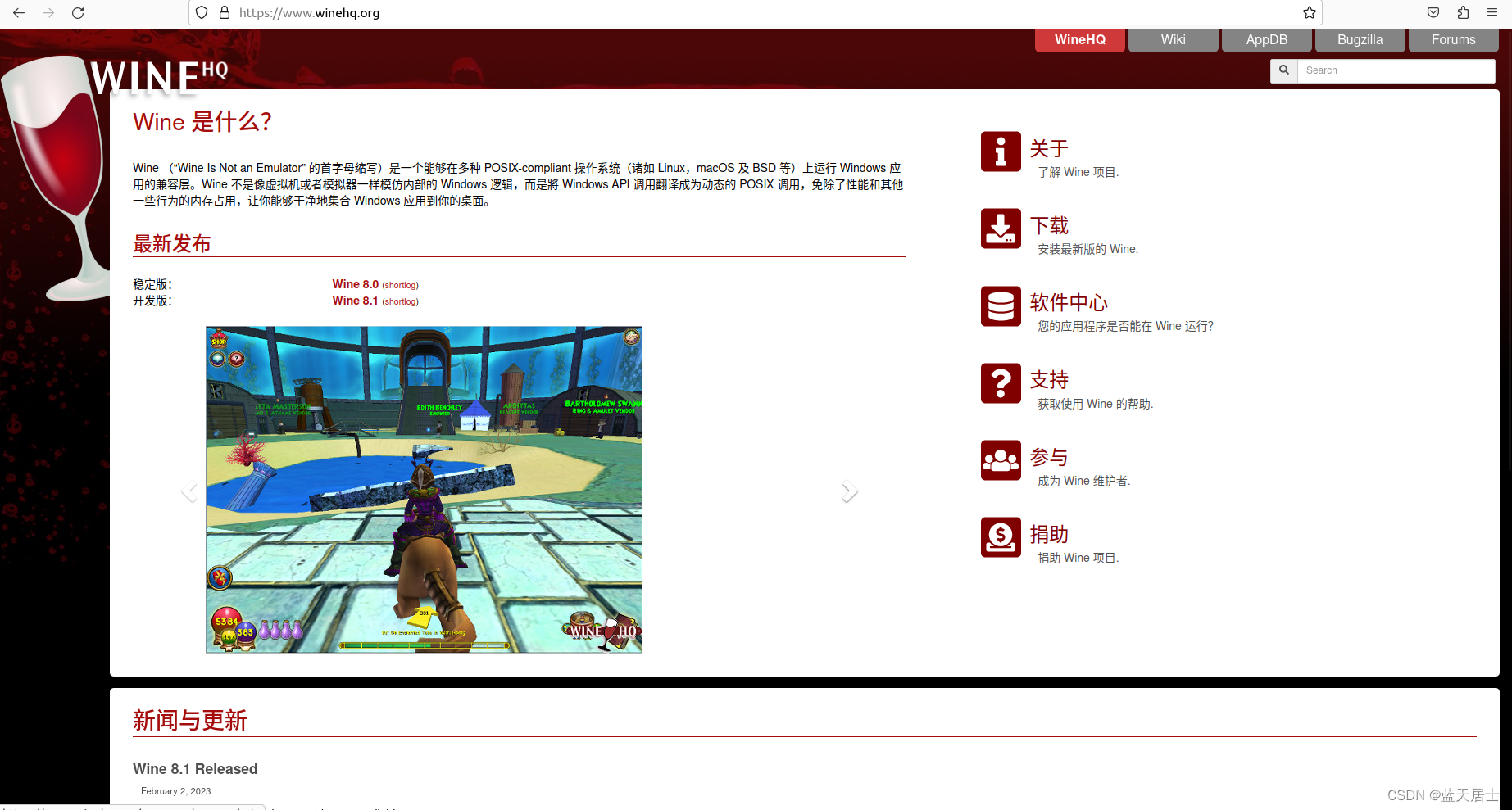
2. Wiki主页链接
WineHQ Wiki
Wiki主页页面如下所示:
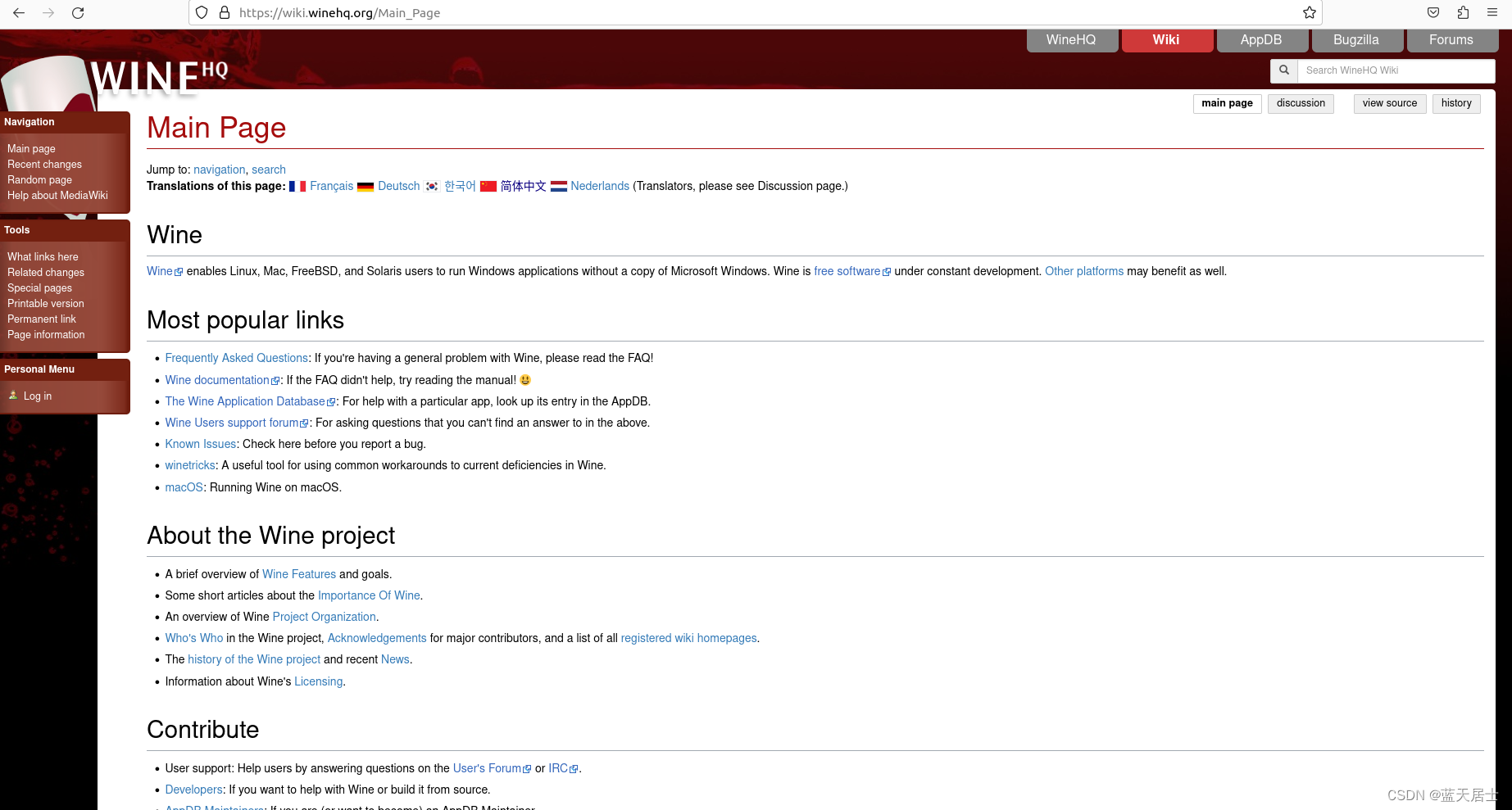
三、Wine历史
wine在1993年就发起了,此后历经15年,一直到2008年,才有了v1.0的发布。截至2022年,wine稳定版已经到了V7.0。
Wine的根源可以追溯到1993年。当时一些力量正在汇聚,使运行Windows应用程序具有吸引力。微软已经成功将其Windows程序引导到了PC的前端。IBM希望OS/2能够变得流行,即使他们承认Windows程序的支持是必需的,并且将这种能力融入到他们的产品中。80年代诞生的自由软件运动正在取得迅速发展,人们发现运行在PC上一个多用户、多任务的操作系统是可能的。
Sun公司在1992年收购Praxsys Technologies,导致了一个叫作Wabi产品的开发。Sun在1993年Solaris开发者大会上第一次演示了此软件。它允许Solaris x86和Solaris 2.2 for SPARC的用户开箱即用地运行Windows应用。当时其它产品虽然允许Windows程序运行,但是它们需要机器级仿真并且需要安装DOS和Windows。Wabi是独一无二的,在于其允许Windows窗口调用被直接翻译为X Windows调用。通过仿真其余的x86代码,真实运行Windows程序比在一个RISC工作站更快!Wabi的更多高级特性包括处理TrueType字体的字节流字体处理技术。
Linux操作系统用户在1993年6月开始讨论相似方法的可能性。在那时,Wabi移植到Linux的可能性微乎其微。一个邮件列表被建立以促进讨论。名字“Wine”很快被采纳。一些早期的开发者包括一些第一批Linux内核黑客,包括Eric Youngdale and David Metcalfe。其它熟识的名字包括现在领导Wine的Alexandre Julliard和GNOME fame的Miguel de Icaza。Bob Amstadt领导Wine的开发。
Initial work consisted of getting a program loader working that could run Windows' 16-bit binaries. That work was primarily headed by Bob. Alexandre's involvement centered around merging windowing functions written by Peter MacDonald in Tcl/Tk. Progress moved along quickly, and within the first 6 months it was possible to run Solitaire. November of 1993 also saw the first port of Wine to another architecture - John Brezak submitted patches to allow Wine to run on NetBSD. Bob estimated that with the current rate of development the team was six months to a year away from release. Ironically, Wine continued to be six months to a year from release for the next decade.
Early communication between developers took many forms, including the linux-kernel mailing list. The very first Wine mailing list was operated by Robert to allow discussions between developers. After a year with many successes and growing interest in the project they asked for the creation of the newsgroup comp.emulators.ms-windows.wine. The vote was overwhelmingly in favor of its creation and it became part of the Usenet hierarchy on July 19th, 1994. The current mailing lists where most development is discussed were created by Doug Ridgway in October, 1998.
The early years saw many changes to Wine's development. Robert stepped down in 1994 and Alexandre took over development. Windowing was rewritten as straight Xlib calls. Perhaps most importantly, Microsoft began releasing 32-bit code and adding new functionality to their operating systems. It was no longer enough to just load code and run it, a tighter integration was needed with the underlying operating systems (primarily Linux.) Mechanisms needed to be added that supported network connections and registry files. Wine's architecture had relied on a shared address space between applications. Gradually it became clear that address space separation was needed to increase security and support shared libraries trying to access the same space. Work commenced in early 2000 and continues to this day.
Alexandre recalled some of the early milestones for Wine in a keynote he gave at the first Wineconf:
- May 1995: beginnings of Win32 support
- July 1995: switch to autoconf
- January 1996: Word and Excel reported to run
- November 1997: Creation of winehq.com web site
Volunteers began contributing to aspects other than programming. John Sheets and Susan Farley worked on some of the original documentation. Doug Ridgway set up the WineHQ web site in 1997. The site was taken over by Corel for a few years, and then CodeWeavers took it over from them in March, 2002. Jeremy Newman now serves as the webmaster. The Wine Weekly News first appeared on the web site in 1999. Originally authored by Eric Pouech, Brian Vincent took over in 2001. Over the past few years several features have been added to the web site. A redesign in early 2003 added several pages to help new users get acquainted with Wine, project lists for developers to think about, and a large list of [:FAQ:Frequently Asked Questions].
In 1998 a strategic decision was made by Corel to wholeheartedly support Linux. The key elements were centered around providing a Linux-based system that was both simple to install and easy to use. To this end, they sought to provide both a Linux based distribution and support for their applications. Corel's suite of office programs demanded a high level of Wine sophistication. For the first time in Wine history commercial development was funding its development. Internally, Corel had two different teams working on Linux. One group concentrated on server development, the other on application support. Corel maintained a great relationship with Wine, partly due to the involvement of another company doing a lot of the work - CodeWeavers.
The bubble soon burst. Rumors began circulating at the end of 2000 that Corel would discontinue its support for Linux. By early 2001 Corel officially announced it would spin off its Linux division, specifically the group working on the distribution. Their support for work on Wine ended. The intellectual property and some of the developers eventually formed a new Linux company - Xandros.
It wasn't long before others joined in to fill the void. By this time Alexandre had already taken a position with CodeWeavers doing much of the low level work on Wine. CodeWeavers had gotten involved with Wine in 1999 and were contracted by Corel to improve parts of Wine that would benefit Corel's applications. CodeWeavers began developing their own products and putting a lot of polish on Wine. Their own version of Wine included graphical management tools and an easy setup. Several distributions made it available for download. Their first product, CrossOver Plugin, allowed Linux users to run Netscape plugins designed for Windows. Newer versions of the product have added support for even more plugins. They released CrossOver Office in March, 2002 to provide support for office applications like Excel and Lotus Notes.
TransGaming formed in August of 2001. Gavriel State, who had been with Corel, left and formed his own company. Newer PC games had been focusing on Microsoft's DirectX interfaces for everything from input devices to 3D acceleration. By tying it to their operating systems it made porting games to different platforms very difficult. DirectX support in Wine was first added by Marcus Meissner in 1997 and was very limited. Gav sought to commercialize the development of it and create a new version of Wine designed for gamers. More technologies than just DirectX were needed and some of the early work focused on including support for copy protection measures. WineX 1.0 was released in October of 2001 with support for six games.
Also in 2001 another company announced intentions to work with Wine. Lindows.com wanted to create a Linux distribution that was simple to use and let users run Windows programs. It wasn't long before they abandoned the idea in favor of native Linux applications. Before that happened they sponsored Wineconf - a three day event in March, 2002 that brought together developers from around the world. To make matters more interesting, on the eve of the conference the Wine community had concluded another licensing --(flamewar)-- discussion.
Wine's storied history of licensing has sparked many debates. The issue of licensing surrounds itself with two primary areas - the license of the Wine code itself and the license of applications produced using Winelib. The Wine developers' goal is to give people the ability to both implement and add to the Wine project in such a way it doesn't hinder others from doing the same. At the same time they want to give other developers the chance to port their application without the fear of being bound to a software license that prevents them from doing what they want with their creation.
In the beginning, Wine adopted a BSD-style license. At the end of 1999 discussion began about changing the license. Richard Stallman had pointed out that it was incompatible with the GPL which potentially causes problems with any open source project wishing to use Wine code. Most developers didn't see a need to craft a new license and the X11 license, a derivative of the BSD license, had the most support. A vote was called for and in January of 2000 Alexandre announced that it would become the new license of Wine.
In March of 2002 a poll was conducted among both the free and commercial developers of Wine to see if there was interest in moving to a different license. Most developers did not want their code to be appropriated by a commercial entity and there were concerns that might happen. After much debate they chose the Lesser General Public License and on March 9th, 2002 the Wine source code became bound to those terms. The LGPL, often referred to as a "copyleft" license, required the Wine developers to abide by some guidelines:
- Source code (including all changes from the original Wine sources) must be made available to people who receive a binary of Wine. This also applies if Wine is used as a library, in which case only the source of Wine (including all changes) must be made available.
- Simply linking with Wine does not mean you need to make the source code available for your program.
The immediate effect was the creation of the ReWind project to further the X11-licensed codebase. Many key developers agreed to allow their additions to be used by both the X11 and LGPL Wine code. Most have decided to focus their efforts on synchronizing with the LGPL'ed Wine and the vast majority of development and new features appear there first. Picking a favorite software license is left as an exercise for the reader.
Shortly after changing the license development began to pick up at a greater pace. More patches began to appear, Alexandre made more CVS commits, and more applications were reported to work. By the end of 2003 DLL separation achieved a milestone with the split of the kernel32/ntdll combination. Most of the architectural changes to support a beta release were in place. Another developer's conference was held in January, 2004 in St. Paul Minnesota sponsored by CodeWeavers. Once again, a roadmap was laid out for tasks that needed to be completed.
Wine 0.9.0 was declared "beta quality" in 2005 (more things working than not) and Wine 1.0 was finally released in mid-2008. Stable Wine is now released every year.
Development continues apace, with new development releases every two weeks. Wine has grown to over 1.4 million lines of C code over the past decade. Nearly 700 people have contributed in some fashion. As always, you can expect Wine to be released sometime this year; or maybe early next year. Or perhaps we'll just wait for you to become involved and finish those important user interfaces and documentation bits.
相关文章:

Wine零知识学习1 —— 介绍
一、什么是Wine Wine是“Wine Is Not an Emulator” 的首字母缩写,是一个能够在多种POSIX-compliant操作系统(诸如Linux、macOS及BSD等)上运行 Windows 应用的兼容层。Wine不像虚拟机或者模拟器那样模仿内部的Windows逻辑,而是將…...

设计模式--建造者模式 builder
设计模式--建造者模式 builder)建造者模式简介建造者模式--小例子(电脑购买)1.产品类2.抽象构建者3.实体构建类4.指导者类5.客户端测试类小结建造者模式简介 建造者模式有四个角色,概念划分如下: Product : 产品类&a…...

终于周末啦,继续来总结一下Python的一些知识点啦
目录 Python概念梳理 常见概念梳理 Python经典判断题 判断题 选择题 Python概念梳理 常见概念梳理 Python中,不仅仅变量的值是可以变化的,类型也是可以随时变化的 1、Python的变量必须初始化否则提示 is not defined 2、if、while中定义的变量在…...
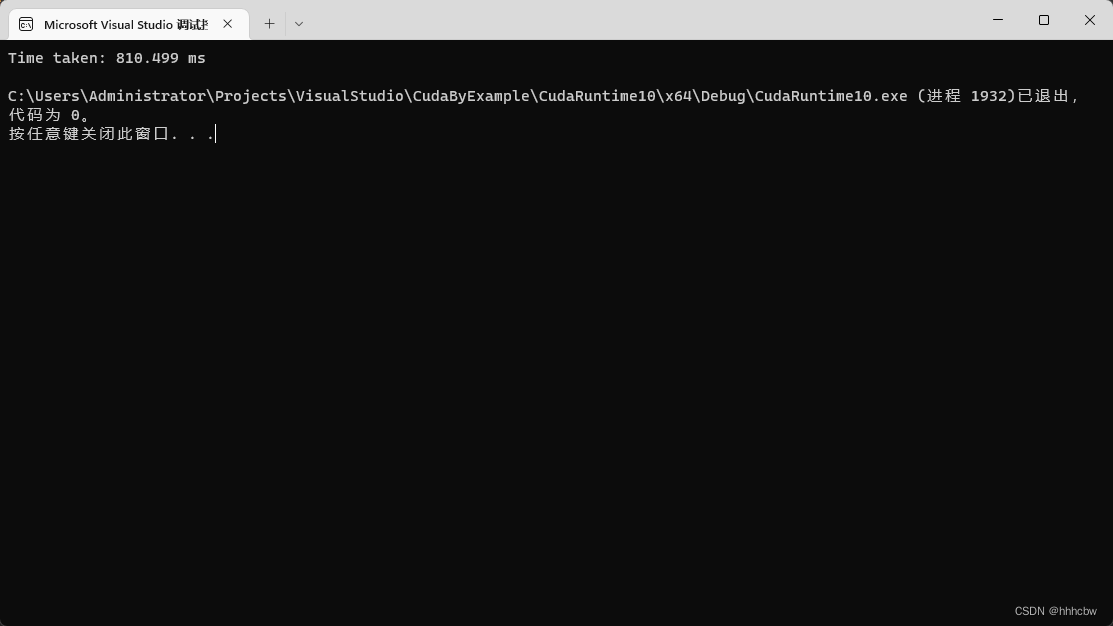
CUDA By Example(八)——流
文章目录页锁定主机内存可分页内存函数页锁定内存函数CUDA流使用单个CUDA流使用多个CUDA流GPU的工作调度机制高效地使用多个CUDA流遇到的问题(未解决)页锁定主机内存 在之前的各个示例中,都是通过 cudaMalloc() 在GPU上分配内存,以及通过标准的C库函数 …...

02- pandas 数据库 (数据库)
pandas 数据库重点: pandas 的主要数据结构: Series (一维数据)与 DataFrame (二维数据)。 pd.DataFrame(data np.random.randint(0,151,size (5,3)), # 生成pandas数据 index [Danial,Brandon,softpo,Ella,Cindy], # 行索引 …...

less常用语法总结
CSS预处理器 CSS 预处理器是什么?一般来说,它们基于 CSS 扩展了一套属于自己的 DSL,来解决我们书写 CSS 时难以解决的问题: 语法不够强大,比如无法嵌套书写导致模块化开发中需要书写很多重复的选择器;没有变量和合理的样式复用机制,使得逻辑上相关的属性值必须以字面量…...

DHCP Relay中继实验
DHCP Relay实验拓扑图设备配置结果验证拓扑图 要求PC1按照地址池自动分配,而PC要求分配固定的地址,网段信息已经在图中进行标明。 设备配置 AR1: AR1作为DHCP Server基本配置跟DHCP Server没区别,不过要加一条静态路由ÿ…...

“1+1>2”!《我要投资》与天际汽车再度“双向奔赴”!
文|螳螂观察 作者| 图霖 胡海泉老师重磅回归、创始人现场真情告白……新一季的《我要投资》,不仅维持了往季在专业度上的高水准,也贡献了不少高话题度的“出圈”时刻。 在竞争激烈的的综艺节目竞技场,能举办数季的节目,往往都是…...
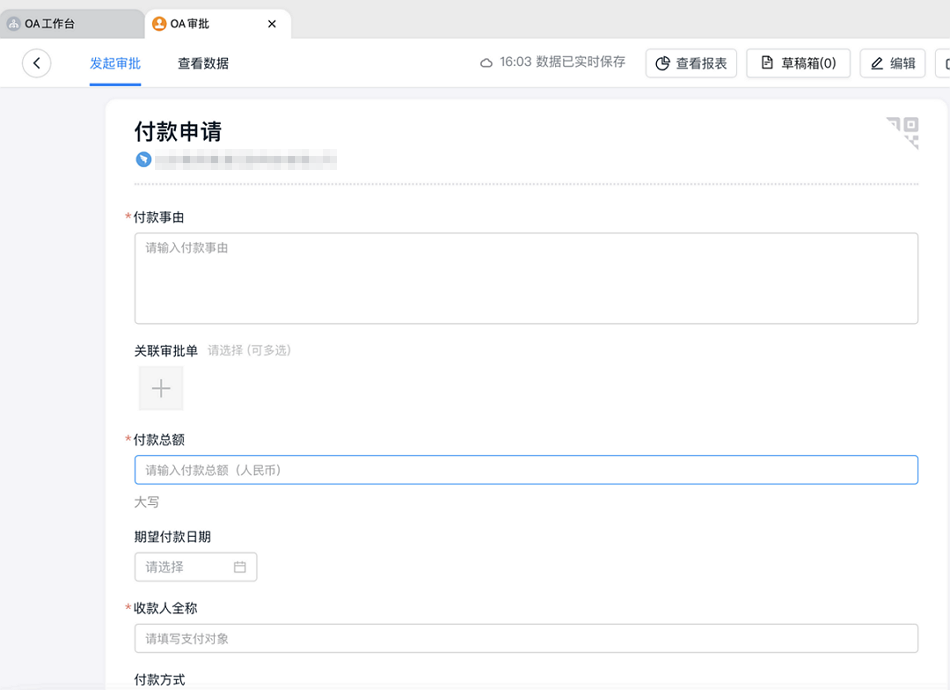
【分享】订阅金蝶KIS集简云连接器同步OA付款审批数据至金蝶KIS
方案简介 集简云基于钉钉连接平台完成与钉钉的深度融合,实现钉钉OA审批与数百款办公应用软件(如金蝶KIS、用友等)的数据互通,让钉钉的OA审批流程与企业内部应用软件的采购、付款、报销、收款、人事管理、售后工单、立项申请等环节…...

dubbo服务消费
dubbo在服务消费时调用的方法栈比较深,所以得一边看一边记,还是比较费力的。在dubbo服务发现中,我们看到通过ReferenceConfig#get()返回的是要调用接口的代理对象,因此通过接口的代理对象调用方法时是调用InvocationHandler(Invok…...
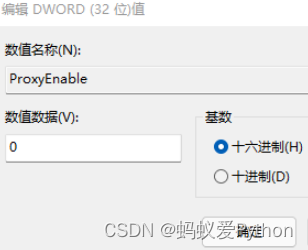
Python调用API接口,实现人脸识别
人生苦短,我用Python 在开始之前,先问问大家: 什么是百度Aip模块? 百度AI平台提供了很多的API接口供开发者快速的调用运用在项目中 本文写的是使用百度AI的**在线接口SDK模块(baidu-aip)**进行实现人脸识…...

2月10日刷题总结
编辑距离题目描述设 AA 和 BB 是两个字符串。我们要用最少的字符操作次数,将字符串 AA 转换为字符串 BB。这里所说的字符操作共有三种:删除一个字符;插入一个字符;将一个字符改为另一个字符。A, BA,B 均只包含小写字母。输入格式第…...
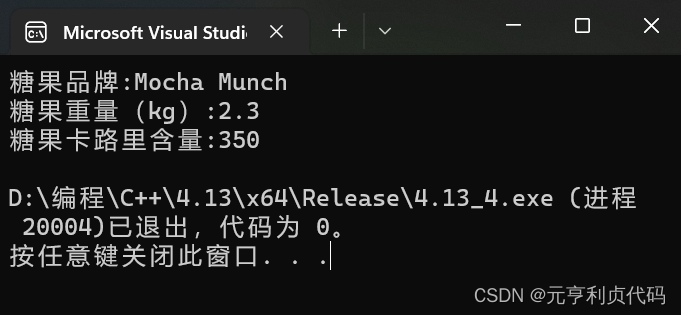
C++学习/温习:新型源码学编程(三)
写在前面(祝各位新春大吉!兔年如意!) 【本文持续更新中】面向初学者撰写专栏,个人原创的学习C/C笔记(干货)所作源代码输出内容为中文,便于理解如有错误之处请各位读者指正请读者评论回复、参与投票…...

阿里云ecs服务器搭建CTFd(ubuntu20)
1.更新apt包索引 sudo apt-get update更新源 1、使用快捷键【ctrlaltt】打开终端。 2、输入以下命令备份原有软件源文件。 cp /etc/apt/sources.list /etc/apt/sources.list.bak_yyyymmdd 3、再输入以下命令打开sources.list文件并添加新的软件源地址。 vim /etc/apt/sources.…...
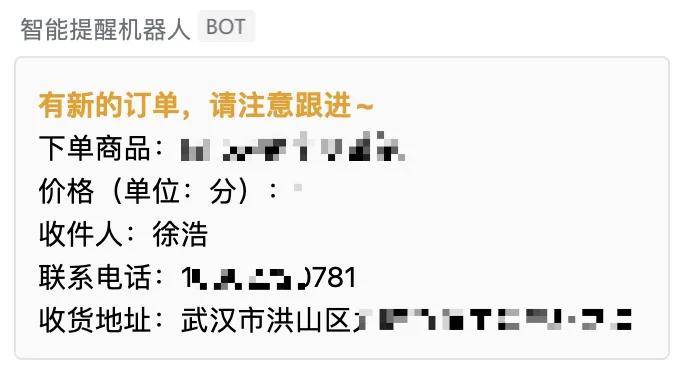
视频号小店新订单如何实时同步企业微信
随着直播带货的火热,视频号小店也为商家提供商品信息服务、商品交易,支持商家在视频号运营电商,许多企业也将产品的零售路径渗透至视频号小店中了。如果我们希望在视频号小店接收到订单后,能尽快及时发货,给用户较好的…...
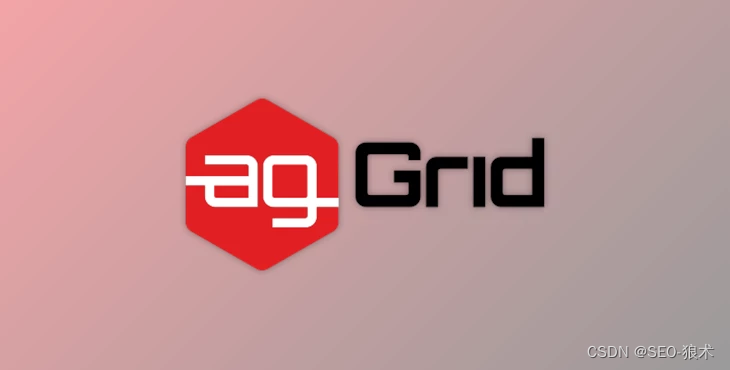
ag-Grid Enterprise
ag-Grid Enterprise Ag-Grid被描述为一种商业产品,已在EULA下分发,它非常先进,性能就像Row分组一样,还有范围选择、master和case、行的服务器端模型等等。 ag Grid Enterprise的巨大特点: 它具有以下功能和属性&#x…...

扫雷——C语言【详解+全部码源】
前言:今天我们学习的是C语言中另一个比较熟知的小游戏——扫雷 下面开始我们的学习吧! 文章目录游戏整体思路游戏流程游戏菜单的打印创建数组并初始化布置雷排查雷完整代码game.hgame.ctest.c游戏整体思路 我们先来看一下网上的扫雷游戏怎么玩 需要打印…...
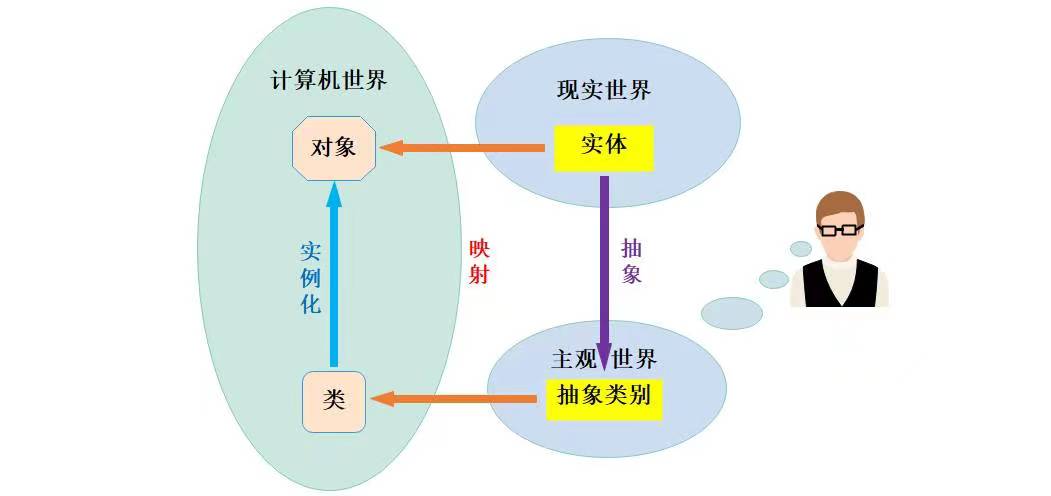
【C++】类和对象(下)
文章目录1. 再谈构造函数1.1 初始化列表1.2 explicit关键字2. static成员2.1 概念2.2 特性3. 友元3.1 友元函数3.1 友元类4. 内部类5. 匿名对象6. 拷贝对象时的一些编译器优化7. 再次理解类和对象1. 再谈构造函数 1.1 初始化列表 在创建对象时,编译器通过调用构造…...
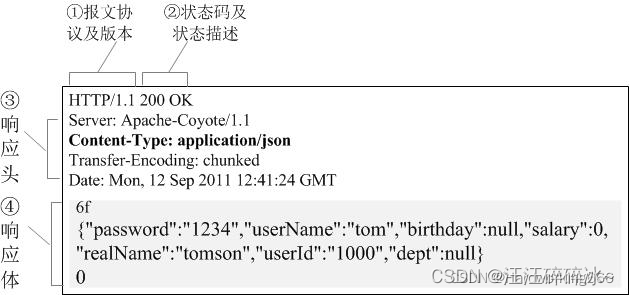
计算机网络
TCP和UDP TCP如何保证传输的可靠性 基于数据块传输:应用数据被分割成TCP认为最适合的数据块,传输给网络层,称为报文段连接管理:三次握手和四次挥手对失序数据包重新排序以及去重:每个数据包有一个序列号,…...
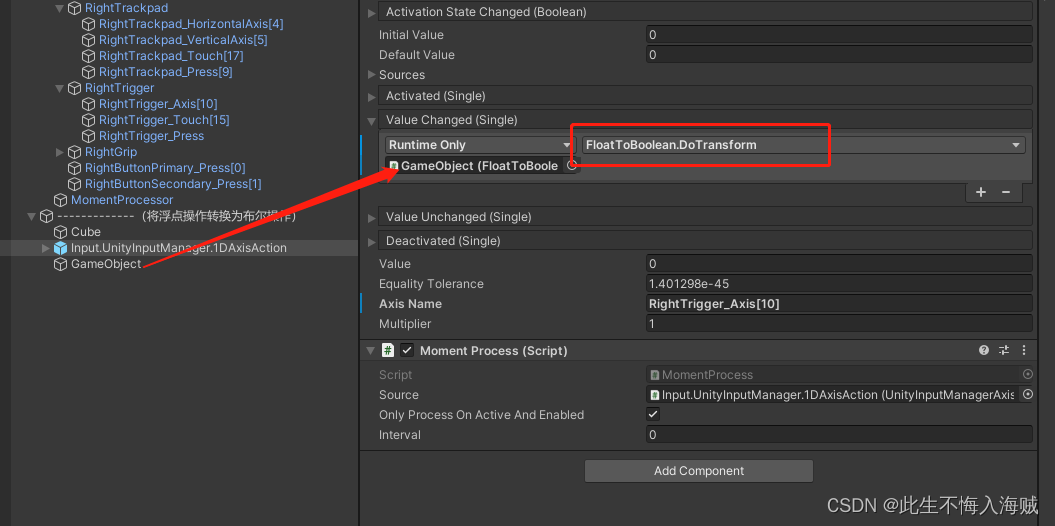
【Unity VR开发】结合VRTK4.0:将浮点操作转换为布尔操作
语录: 奈何桥上奈何愁,奈何桥下浣溪流,奈何人人奈何泪,奈何奈何洗春秋。 前言: 有时,您可能希望使用 一个值来激活或停用操作类型。例如,按下控制器上的扳机轴会导致在完全按下扳机时发生操作。…...

error when starting dev server:Error: Failed to resolve vue/compiler-sfc.
对于node 的包管理工具,我一般习惯用 yarn,但是最近使用 yarn 创建前端项目的时候出了一些问题。yarn create vite vite-project报错如下:error when starting dev server:Error: Failed to resolve vue/compiler-sfc.vitejs/plugin-vue requ…...

Vue2之完整基础介绍和指令与过滤器
Vue2之基础介绍和指令与过滤器一、简介1、概念2、vue的两个特性2.1 数据驱动视图2.2 双向数据绑定3、MVVM二、vue基础用法1、导入vue.js的script脚本文件2、在页面中声明一个将要被vue所控制的DOM区域3、创建vm实例对象(vue实例对象)4、样例完整代码三、…...

JY-7A/3DK/220 19-130V静态【电压继电器】
系列型号 JY-7A/1DK不带辅助电源电压继电器;JY-7B/1DK不带辅助电源电压继电器; JY-7/1DK/120不带辅助电源电压继电器;JY-7/1DK/120不带辅助电源电压继电器; JY-7A/1DKQ不带辅助电源电压继电器;JY-7B/1DKQ不带辅助电源…...

[ECCV 2018] Learning to Navigate for Fine-grained Classification
Contents MethodNavigator-Teacher-Scrutinizer Network (NTS-Net)Navigator and TeacherScrutinizerNetwork architectureJoint training algorithmExperimentReferencesMethod Navigator-Teacher-Scrutinizer Network (NTS-Net) Approach Overview:NTS-Net 在不使用额外的 …...

关于apifox和postman接口工具我有话要说~~
Apifox 和 Postman 都是流行的接口测试工具,各自有其优势和缺点。Apifox 的优势在于它提供了强大的可视化界面,可以方便地测试和监控 API。它还支持多种请求方式,并且支持对请求和响应进行代码生成。但是,Apifox 的缺点在于它不太…...
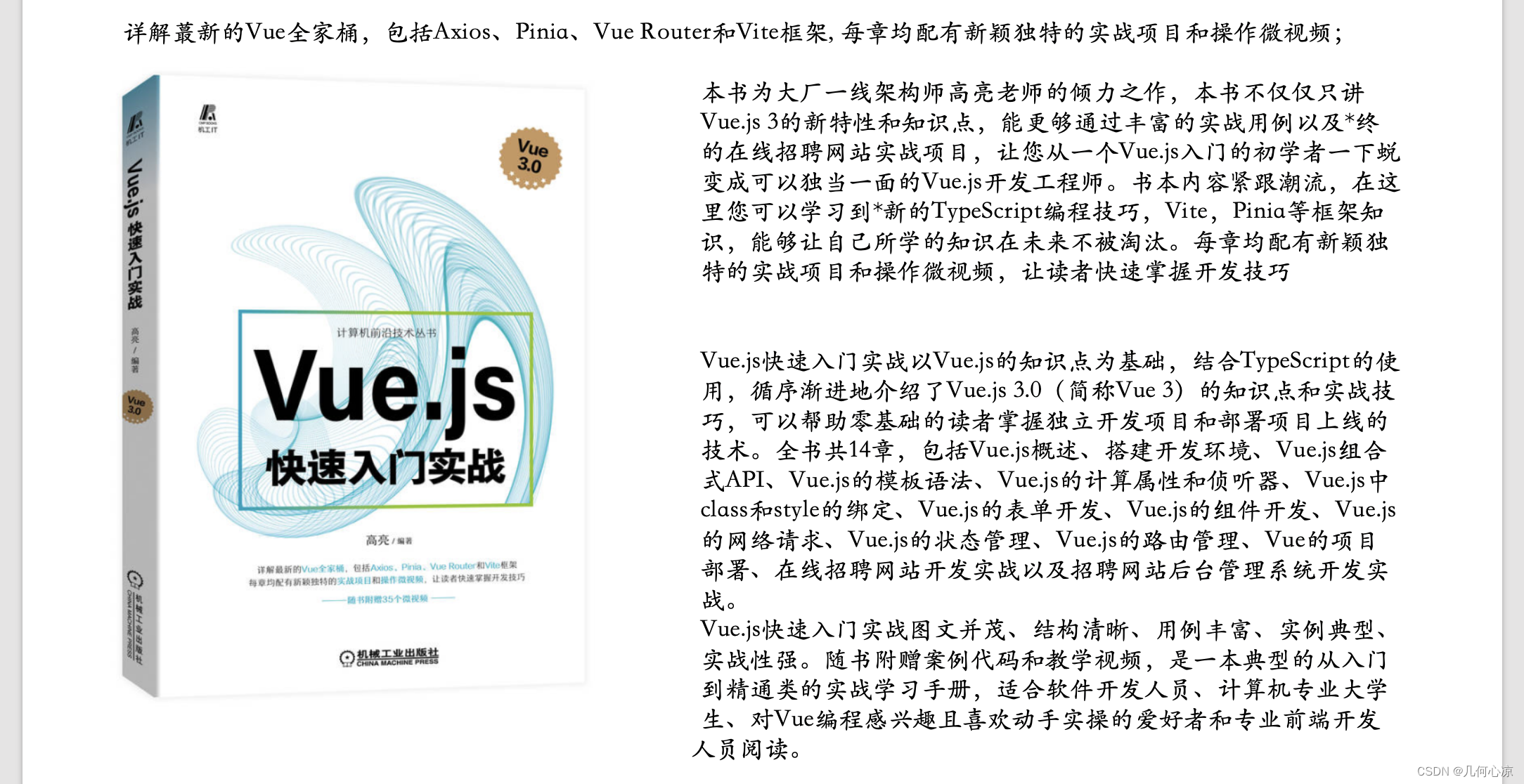
Vue3通透教程【二】更高效的构建工具—Vite
文章目录🌟 写在前面🌟 webpack🌟 Vite是什么?🌟 使用Vite创建项目🌟 写在最后🌟 写在前面 专栏介绍: 凉哥作为 Vue 的忠实 粉丝输出过大量的 Vue 文章,应粉丝要求开始更…...

前端中如何判断在线状态?
判断在线状态为了判断浏览器的在线状态,HTML5提供了两种方法来检测是否在线。(1)onLine属性:通过navigator对象的onLine属性可返回当前是否在线。如果返回true,则表示在线;如果返回false,则表示…...

[MySQL教程①] - MySQL的安装
目录 ❤ Windows下安装MySQL ❤ 下载mysql installer安装 ❤ 下载zip安装包安装 现在作为服务器操作系统的一般有三种,Windows Server,Linux,Unix,在这里我们只介绍在windows下和linux下安装mysql,Unix下安装应该…...
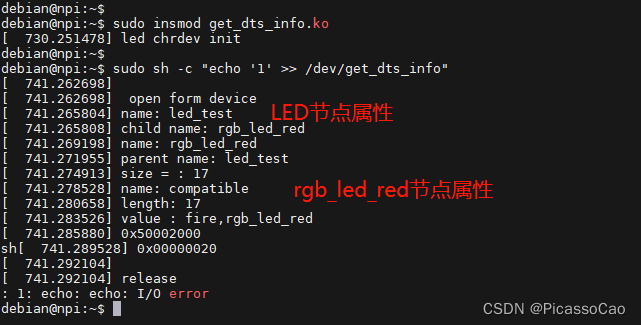
第八节 Linux 设备树
Linux3.x 以后的版本才引入了设备树,设备树用于描述一个硬件平台的板级细节。在早些的linux内核,这些“硬件平台的板级细节”保存在linux 内核目录“/arch”,以ARM 平台为例“硬件平台的板级细节”保存在“/arch/arm/plat-xxx”和“/arch/arm…...

一文了解kafka消息队列,实现kafka的生产者(Producer)和消费者(Consumer)的代码,消息的持久化和消息的同步发送和异步发送
文章目录1. kafka的介绍1.2 Kafka适合的应用场景1.2 Kafka的四个核心API2. 代码实现kafka的生产者和消费者2.1 引入加入jar包2.2 生产者代码2.3 消费者代码2.4 介绍kafka生产者和消费者模式3. 消息持久化4. 消息的同步和异步发送5. 参考文档1. kafka的介绍 最近在学习kafka相关…...
